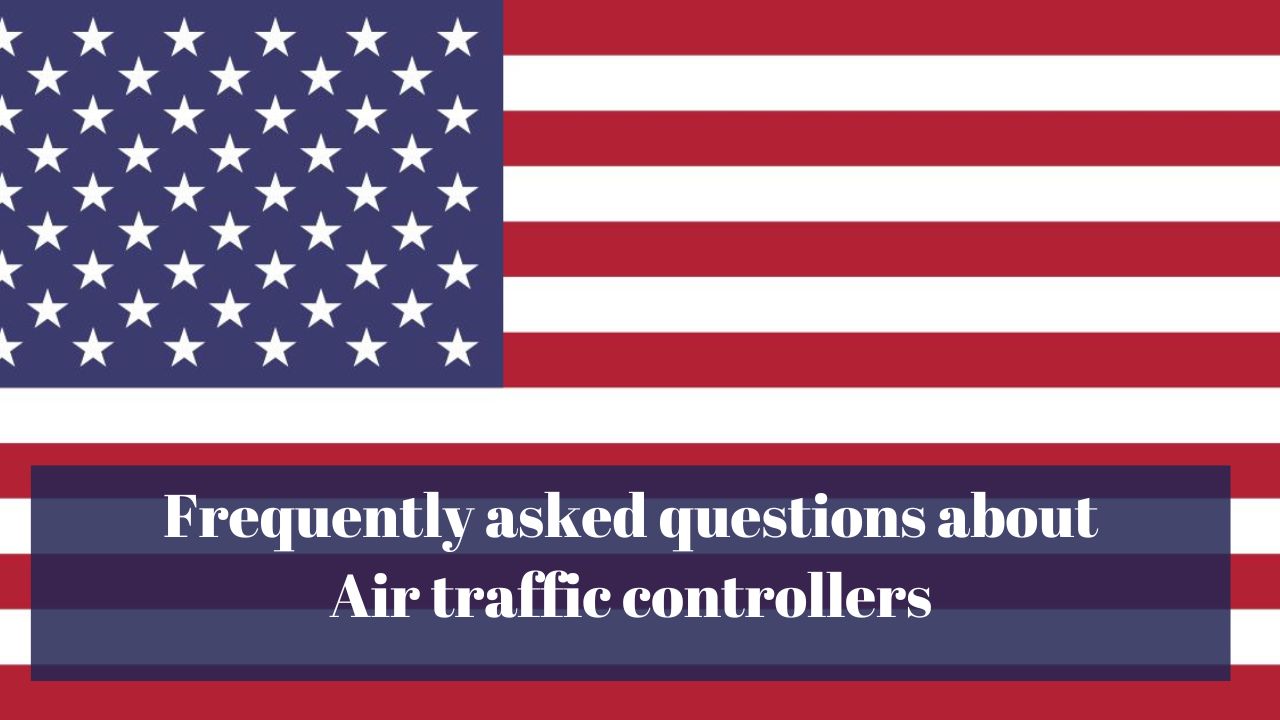How to become an Air Traffic Controller in 2024
Hello friends, today we will discuss about How to become an Air Traffic Controller.
The air traffic control (ATC) system is an often overlooked yet critical component that makes modern commercial aviation possible. Air traffic controllers are the people directing and managing the flow of aircraft on the ground and in the air to ensure safe, orderly, and efficient air travel.
The Job of an Air Traffic Controller
Air traffic controller’s work in towers, approach control facilities, or route centers. Their primary job is to organize air traffic movement to ensure planes stay a safe distance apart. Key responsibilities include:
- Directing the safe, orderly, and expeditious flow of air traffic both on the ground and in the air
- Issuing takeoff and landing instructions and authorizations
- Running aircraft into and out of various airspace sectors
- Providing information to pilots, such as weather updates
- Coordinating flight plans with other ATC facilities and control sectors
Controllers must make quick, accurate decisions under intense pressure. The job requires exhibiting an aptitude for math, strong analytical abilities, and unwavering focus and concentration.
Extensive Training Requirements
The job demands of an air traffic controller require candidates to go through rigorous selection and training. Trainees must be U.S. citizens, pass strict medical exams, and achieve qualifying Air Traffic Control Specialist exam scores.
Controllers then undergo extensive training at the FAA Academy, which includes classroom instruction and intense simulations. The initial training lasts 2-4 years. Controllers must pass recurrent training and exams even after certification to ensure their knowledge and skills remain current.
Managing Communications
Effective communication is one of the primary skills air traffic controllers must master. Controllers stay in constant contact with pilots via radio communications.
They need to relay essential instructions using precise phraseology, and pilots are quickly trained to understand. If a controller’s message is unclear, mistakes can happen.
Controllers also coordinate behind the scenes with other ATC facilities that aircraft will transition to as they travel through the airspace system. This requires expert teamwork and communication skills.
Stress Management Abilities
The job’s heavy demands and responsibility for safety require controllers to exhibit superior stress management abilities. The pressure of keeping aircraft and passengers safe can be taxing.
Controllers need to be able to keep their composure under duress. Burnout is also expected due to irregular shifts, overscheduling, understaffing, and frustration with equipment and infrastructure failures.
While automation aims to offload some work, technology cannot replace tasks requiring human judgment. Most facility operations have minimum staffing requirements, so controllers cannot easily take breaks when they feel overwhelmed or exhausted.
Importance of Maintaining Focus
Mental errors pose one of the most significant risks because even brief lapses in attention can have catastrophic consequences. Examples of high-profile accidents tied to controller mistakes demonstrate how vital it is for air traffic controllers to maintain vigilance and focus at all times when on duty.
Fatigue, illness, personal problems, inadequate equipment, or staffing represent hazards that can degrade performance. While risk cannot be eliminated, controllers minimize threats through rigorous selection, ongoing evaluation, and strict scheduling policies.
Use of Technology
Air traffic control relies on a vast technological infrastructure to help controllers safely guide flights. Primary tools include:
- Radar – provides controllers with a visual location of aircraft
- Communications equipment – facilitates radio transmissions between ATC facilities and aircraft
- Computer systems – automate routine tasks like weather data processing and flight plan coordination
The technology aims to organize information, reduce manual flight data management, enable coordination, and provide backup surveillance to reinforce visual tracking. However, automation cannot replace human oversight and decision-making. The complex judgment controllers ensure separation and prompt issue resolution.
Team Coordination
The U.S. air traffic control system handles over 40,000 flights per day. Different facilities and controllers coordinate to guide each aircraft from origin to destination. Groups such as terminal controllers organize airport surface and airborne traffic.
As planes transition to the en route airspace between airports, separate teams hand off planes through sectors. Controllers also coordinate across roles, such as ground controllers and local controllers managing aircraft operating on runways. This collaboration allows aircraft progression without conflicts.
Standardized procedures and continuous communication facilitate coordination within and across facilities. Teamwork ensures continual radar and radio monitoring coverage when controllers transition to breaks or shift changes.
Future Outlook
Current air traffic controller staffing shortages pose one of the most significant threats to maintaining safety and efficiency. Large controller retirements combined with the long training timelines make it challenging to staff appropriately. Airlines worry shortfalls during peak travel periods may necessitate traffic flow restrictions.
NextGen technological upgrades also look to modernize communications, enhance information sharing, and implement advanced digital navigation.
While technology aims to ease burdens, controllers will still shoulder life-and-death decisions requiring complex reasoning only human expertise can provide.
Public understanding of their importance lags despite air traffic controllers’ critical role in keeping global aviation secure.
Appreciation for the focus, capabilities, and quick thinking these professionals exhibit daily remains vital for travel convenience to continue.
FAQ
Frequently asked questions about air traffic controllers

What does an air traffic controller do?
Air traffic controllers coordinate aircraft movement to maintain safe distances between them. They give pilots instructions, grant takeoff and landing authorizations, direct aircraft through airspace sectors, provide weather updates, and coordinate flight plans.
What qualifications do you need to become an air traffic controller?
Controllers must be U.S. citizens, pass medical exams, achieve qualifying Air Traffic Control Specialist exam scores, complete extensive FAA Academy training, and pass recurrent training throughout their careers. Strong math, analytical, and communication abilities are required.
Where do air traffic controllers work?
Air traffic controllers typically work in control towers at airports or route centers and approach control facilities that coordinate aircraft at higher altitudes between destinations. Settings can range from small general aviation airports to major international airports and centers.
What is the work environment like for air traffic controllers?
The job can be stressful as controllers juggle a highly demanding cognitive workload under intense pressure. The safety of thousands of passengers and crew-members relies on controllers maintaining extreme focus. Irregular shifts are also standard.
Why is the air traffic controller profession facing shortages?
Staffing needs to improve due to increasing controller retirements and the time it takes to train replacements. Airlines worry these shortfalls may necessitate air traffic flow restrictions during peak travel times.
How does technology help air traffic controllers?
Tools like radar, radio systems, automation, and digital displays help organize information, reduce manual tasks, enable coordination, and reinforce aircraft surveillance. However, technology cannot replace the judgment and decision-making skills necessary to direct air traffic safely.
How integral is teamwork for air traffic control?
The U.S. aviation network handles over 40,000 flights daily, requiring close coordination between many controllers across different facilities and guiding each plane through the airspace. Teamwork ensures continual air traffic and radio monitoring coverage.
What does the future outlook for air traffic control involve?
The key focus is to modernize the technological infrastructure through upgrades like NextGen. While seeking to ease certain burdens through enhanced information sharing and navigation avionics, human controllers will remain critical for complex reasoning and expert decision-making vital to maintaining safety.
Thank you for visiting Jobs Ada







